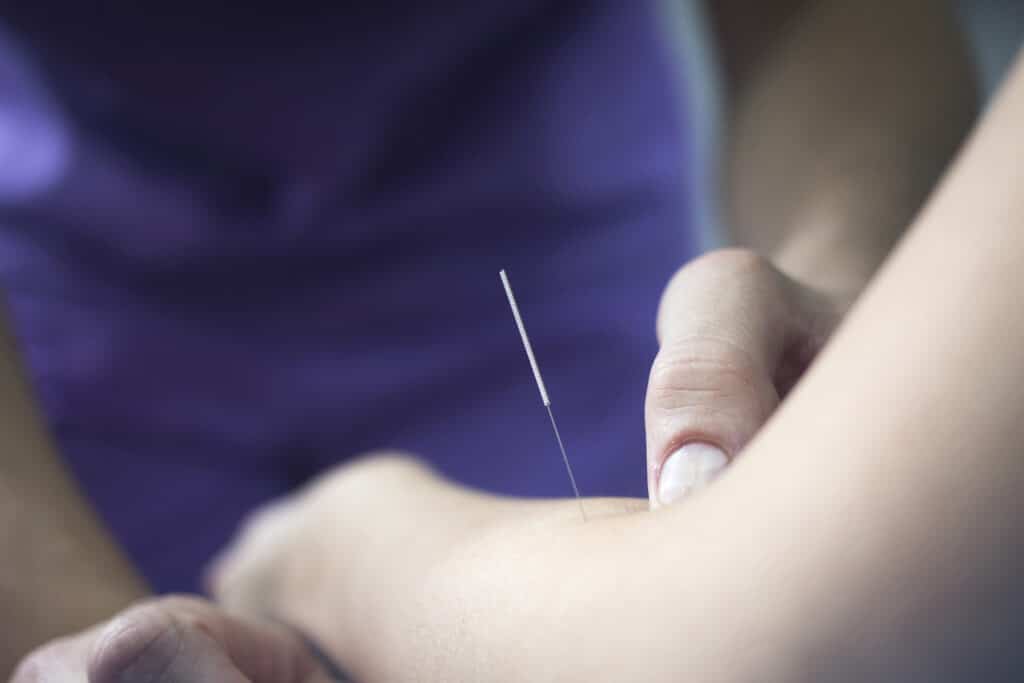Do you have a patient that you are always working on the same muscle with no difference in muscle tone or the patient reports the relief only lasts a couple days? If this is the case, they may benefit from dry needling. Dry needling is a technique that some physiotherapists are trained with. Dry needling is a technique that is used to decrease shortened bands of muscles. This is also known as the trigger point. Different trigger points refer in certain patterns and can ‘mimic’ neuropathic pain. An example of this is the gluteus minimis. This trigger point can cause referral down the lateral aspect of the upper thigh and into the lateral shin. I have taken both level 1 and 2 dry needling so any muscle can be needled. Some areas that you may not think of are: jaw (temporalis and masseter), suboccipitals (superior obliques capitis and rectus capitis posterior major), foot (quadratus plantae attachment, abductor hallucis), hand (adductor pollicis, thenar and hypothenar muscles, 1st-4th DABs). If you have any questions about what can be needled or who is likely to benefit feel free to come talk to me or send me an email/text! Soreness after needling is normal but there is often immediate improvement in function (range, strength, pain).
If you don’t really know what is going on with a patient and want further assessment before working on the patient, an assessment can also give guidance for further massage treatment. I have also taken further orthopaedic level courses that involve further assessment of the joints. Sometimes peripheral involvement may be coming from a facilitated segment in the spine. For example, if you have stubborn tennis elbow and shoulder pain on one side of the body that won’t go away this may be coming from nerve entrapment in the cervical spine. Further assessment can determine if the neck needs to be addressed as well before there can be improvement in patient status. I believe massage and physiotherapy can work together to achieve the patient’s goals. It is often too much work for me to completely ‘cure’ the patient on my own because I do not have time to work on all the muscles that are causing dysfunction. If the WHY can be figured out then symptoms will improve quicker than just treating the sore areas.
If you have any other questions or need advice with a patient feel free to come talk to me, text or email!
Rachelle Kichton MScPT, BKin
Level 1, 2 UQ, 3 UQ Orthopaedic courses
Level 1 & 2 Kinetacore Dry needling

